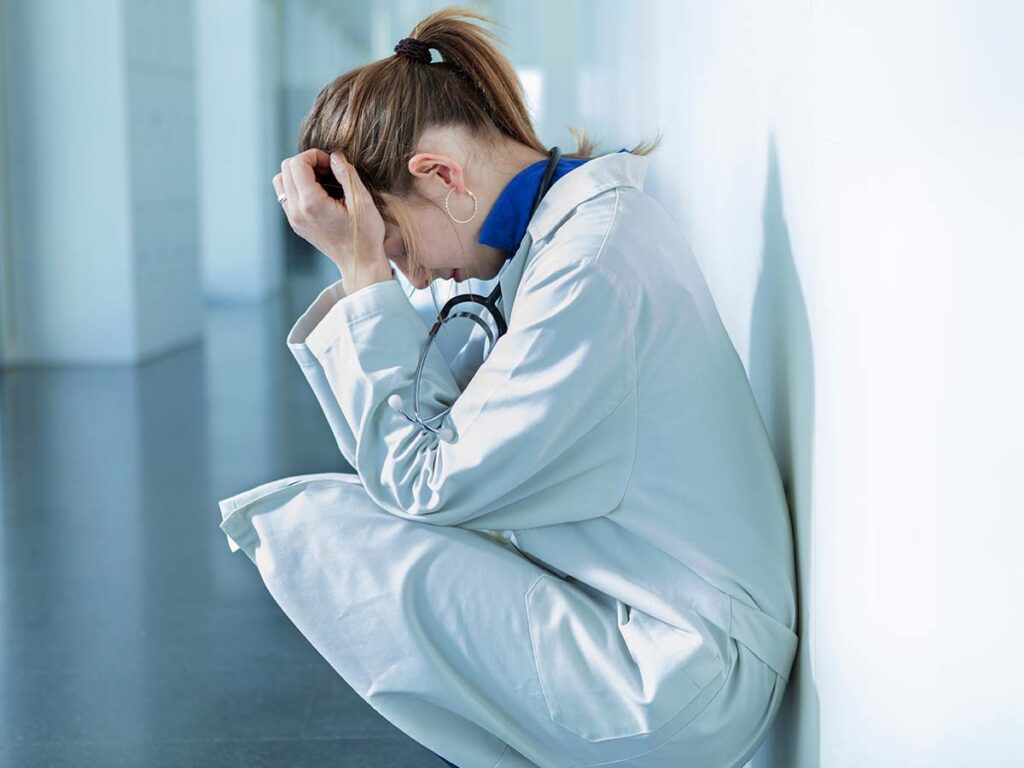Westchester Telehealth Medical Negligence Lawyer
Telemedicine has changed how patients receive care in Westchester County. But not all virtual treatment is safe. When health care providers misread symptoms, rush through online visits, or fail to catch serious warning signs, patients can suffer permanent harm, or worse. If you or a loved one experienced medical malpractice through a telehealth appointment, it may be more than a mistake. It may be negligence.

What counts as telehealth medical malpractice in New York
Telemedicine is supposed to increase access and convenience, but it doesn’t remove responsibility. Health care providers still owe patients accurate diagnosis, informed consent, and appropriate treatment—even when care happens over video or phone. That includes doctors, registered nurses, physician groups, and other health care providers who work through digital platforms.
Medical malpractice actions can stem from misdiagnosing infections, missing heart conditions, failing to order in-person exams, or overlooking symptoms that should have triggered urgent care. In some cases, emotional distress and physical damage result. In others, the cost is higher—like wrongful death due to untreated illness or delayed emergency care.
Westchester patients deserve safe, thorough, and lawful medical care, no matter how it’s delivered. New York law provides options for those harmed by medical negligence, including the right to pursue compensation for damages like lost wages, ongoing treatment, or pain and suffering.
Real examples of malpractice through telemedicine in Westchester
A patient using a telehealth app in Yonkers received the wrong prescription for a skin infection that later spread and required surgery. In White Plains, an elderly patient was told to monitor symptoms at home after a virtual visit—only to be hospitalized two days later with untreated pneumonia. In both cases, the patients were denied the level of medical care expected by law.
These failures often involve a chain of decisions: rushed consultations, overlooked medical records, poor documentation, or unclear protocols among physicians and nurses. Some stem from a provider’s alleged failure to escalate care. Others are linked to hospitals or nursing homes relying too heavily on remote care systems without proper oversight.
Why telemedicine malpractice cases are unique
Medical malpractice defense often hinges on showing that a provider acted reasonably. But telehealth introduces new variables—technology, timing, and context—that can complicate that defense. The line between convenience and negligence is thinner when doctors cannot perform hands-on exams or labs, yet proceed with treatment.
Patients often don’t know what should have happened. They may not realize that informed consent was incomplete, or that protocols for virtual triage were ignored. Legal counsel can help uncover these failures and trace the chain of decisions that led to harm.
Unlike other claims, these cases may require digital evidence, platform logs, or communication records to prove how and when care was given. The best lawyers work closely with medical experts, review potential risks from the telehealth model, and understand how state and federal courts view digital medical liability.

Get help from Greenstein & Pittari, LLP
If you were harmed by medical care you received through telemedicine in Westchester County, Greenstein & Pittari, LLP can help. Our attorneys have extensive experience navigating complex malpractice cases, and we’re committed to supporting clients through every step. You don’t have to figure this out alone. Contact us today to speak with a Westchester telehealth medical negligence lawyer who will fight for your rights with care and clarity.
FAQ about telehealth malpractice in Westchester
Can I sue for a misdiagnosis from a telemedicine appointment?
Yes. If your condition worsened because of an incorrect or delayed diagnosis during a virtual visit, you may be able to file a medical malpractice claim under New York law.
Who is responsible in a telehealth malpractice case?
Doctors, nurses, and other health care providers can be held liable. In some cases, hospitals or physician groups may also be responsible if protocols were not followed.
What kinds of harm count as malpractice in telemedicine?
Common claims include failure to diagnose, prescribing errors, lack of informed consent, and refusal to order in-person evaluation when needed. These can lead to physical harm, emotional distress, or even wrongful death.
How are these cases proven?
Legal professionals gather medical records, platform communication, and expert testimony to show where the provider failed to meet accepted standards. This often includes identifying professional negligence or improper treatment.
Does the location matter if the care was virtual?
Yes. If you live in Westchester County and the provider was licensed to treat patients in New York, local courts can handle the case. Claims may be brought in both state and federal courts depending on the situation.
How long do I have to file?
Most malpractice claims in New York must be filed within two and a half years of the incident. However, timeline rules can vary, especially if the error wasn’t discovered right away. Speaking with counsel promptly is key.
